Description
A high-capacity USB-C power bank that’s ridiculously fast and futureproof, we review the Anker PowerCore+ 20100 USB-C power bank.
Anker’s PowerCore+ 20100 USB-C is the first commerically available USB-C power bank we’ve tested , and it gave us a great first impression of the technology.
At a first glance the PowerCore+ would appear to be a dual-output power bank that charges itself over USB-C. Look again. It’s not just the connector itself that’s reversible, since that USB-C port also works both as an input and an output, and can operate at up to a stupidly fast 15W.
Anker says when paired with a compatible charger it can refill its own battery over USB-C in as little as 8.3 hours, which makes us feel a lot happier about the fact this power bank doesn’t support passthrough charging (the ability to charge both itself and a connected device at once). Using a 2.4A wall charger that charging time is extended to 10- to 11 hours, or 12- to 13 hours over a 2A wall charger.
Many of the early USB-C phones we’ve reviewed come with a USB-C to full-size USB cable, plus a standard USB wall charger. The Anker itself ships with Micro-USB- and USB-C- to full-size USB cables. But eventually we will see more phones, such as the Nexus 5X and Nexus 6P, that ship with USB-C to USB-C cables, and then that USB-C output will really start to make sense.
Using a USB-C to USB-C cable we were able to refill our Xiaomi Mi4C from the USB-C output, or we could use the supplied USB-C to full-size USB cable to charge up the Xiaomi from one of the two full-size USB outputs.
Many of the early USB-C phones we’ve reviewed come with a USB-C to full-size USB cable, plus a standard USB wall charger. The Anker itself ships with Micro-USB- and USB-C- to full-size USB cables. But eventually we will see more phones, such as the Nexus 5X and Nexus 6P, that ship with USB-C to USB-C cables, and then that USB-C output will really start to make sense.
Using a USB-C to USB-C cable we were able to refill our Xiaomi Mi4C from the USB-C output, or we could use the supplied USB-C to full-size USB cable to charge up the Xiaomi from one of the two full-size USB outputs.
However, with three connected devices you should note that it will charge faster over USB-C – the Anker PowerCore+ supports a maximum output of 6A (30W), with 3A (15W) shared between the two full-size USB outputs and 3A (15W) for USB-C. When only one of the full-size USB outputs in use it can output up to 2.4A, or 12W. There’s no support for Qualcomm Quick Charge, but Anker claims PowerIQ and VoltageBoost technologies enable it to provide the fastest possible charge for the device type.

(Anker warns that should you wish to charge the new USB-C MacBook, you should attach the cable from one of the Anker’s two full-size USB outputs to the MacBook’s USB-C input, else it will charge itself from the MacBook.)
Leaving aside for now the fact that this Anker is thus fully futureproof, fast to charge both itself and connected devices, and capable of fast-charging three devices at once, how well does it stand up against rival power banks?
Currently available for £32.99/$49 at Amazon UK ($59.99 Amazon US), we think the Anker PowerCore+ 20100 USB-C offers great value as a high-capacity power bank for charging your phone or tablet on the move.

Anker says you’ll see between 60- and 70 percent efficiency (this is standard for power banks, which lose power through voltage conversion and heat generated, although we have seen some models with efficiency as high as 90 percent) from the PowerCore+. What’s more, it will remain in the bank for between 20- and 36 months, though Anker warns you should try to drain and refill the PowerCore+ at least once every four months.
Assuming an average efficiency of 65 percent, you’ll see 13,065 available power for charging your mobile devices. If you have an iPhone 6s (1715mAh), that’s 7.6 full charges; a Nexus 6P(3,450mAh), 3.8 full charges. To work out how many charges your device will receive simply divide 13065 by your phone or tablet’s battery capacity.
We’d argue that the best power banks come with LCD screens that give you an exact readout of how much power remains in the bank – the great many devices that use a series of four LEDs to denote remaining capacity are pretty useless when you’re dealing with banks with capacities as high as 24,000mAh.

We like Anker’s approach, though. Rather than using four LEDs it has 10 that are built into the power button. (This works merely to show you how much power remains, since the Anker also supports auto-on.) With each LED representing around 1,300mAh of available power (2,010mAh max), it’s so much easier to work out what’s left and whether you should give the Anker a boost before you leave home.

In terms of build and design the Anker is a good-looking power bank with a reassuringly tough-feeling design; a carry case is supplied in the box, too, which is useful if not for protecting the Anker but carrying with it the necessary cables.
A black rectangular slab, we won’t pretend our review sample was neither large nor heavy (184x62x24mm and 455g), but it is very well built, encased in an aluminium housing with rounded edges.It’ssing the LED flashlight of many of its rivals, but at this size it isn’t suited to such functionality. The Anker is large but stylish, and a perfect companion for your bag if not your pocket.

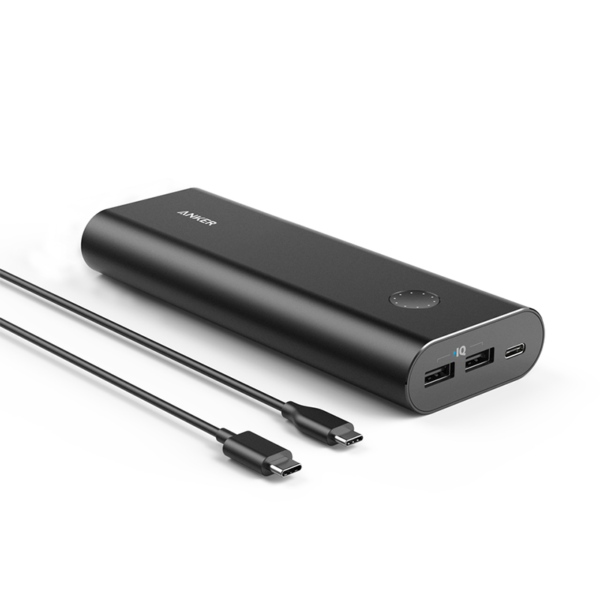
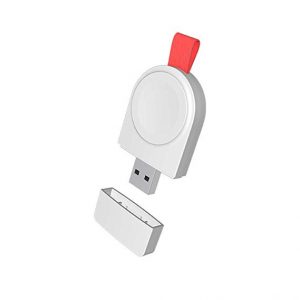
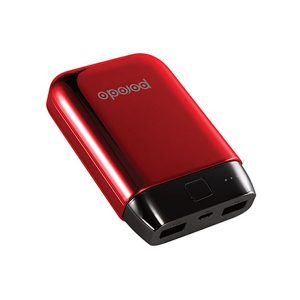
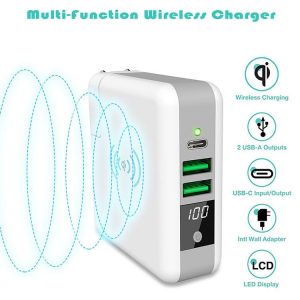
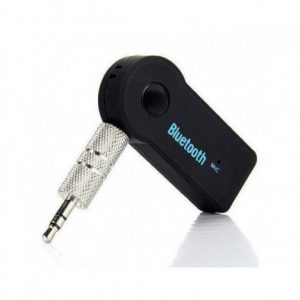
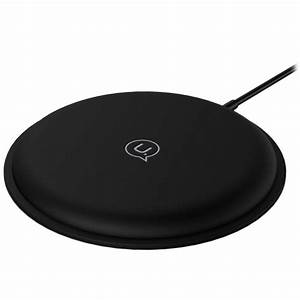
Reviews
There are no reviews yet.